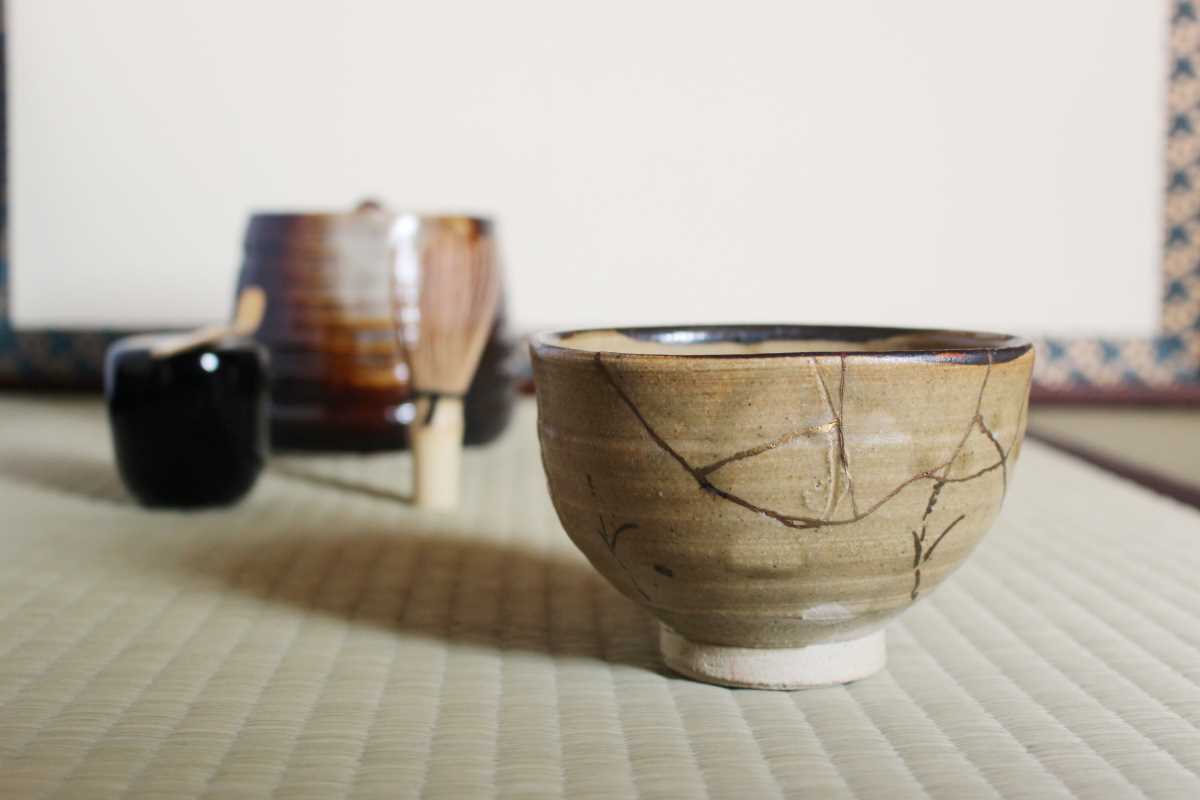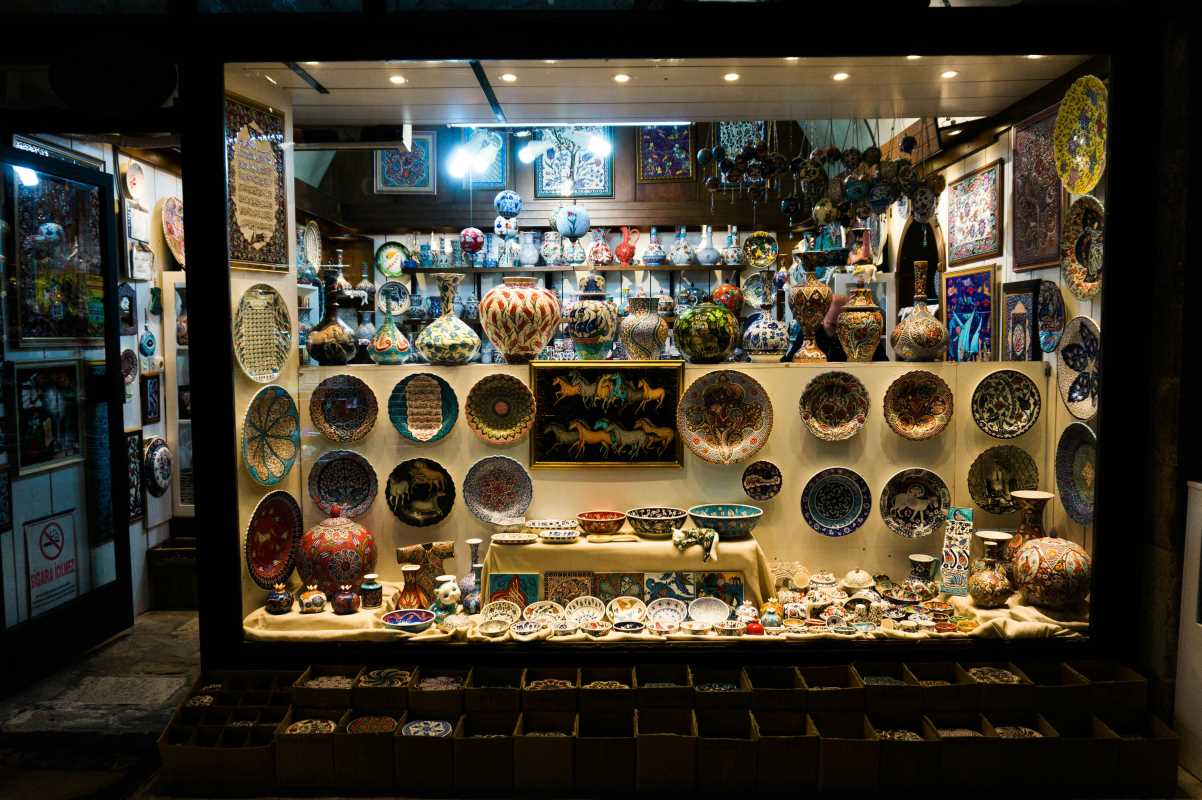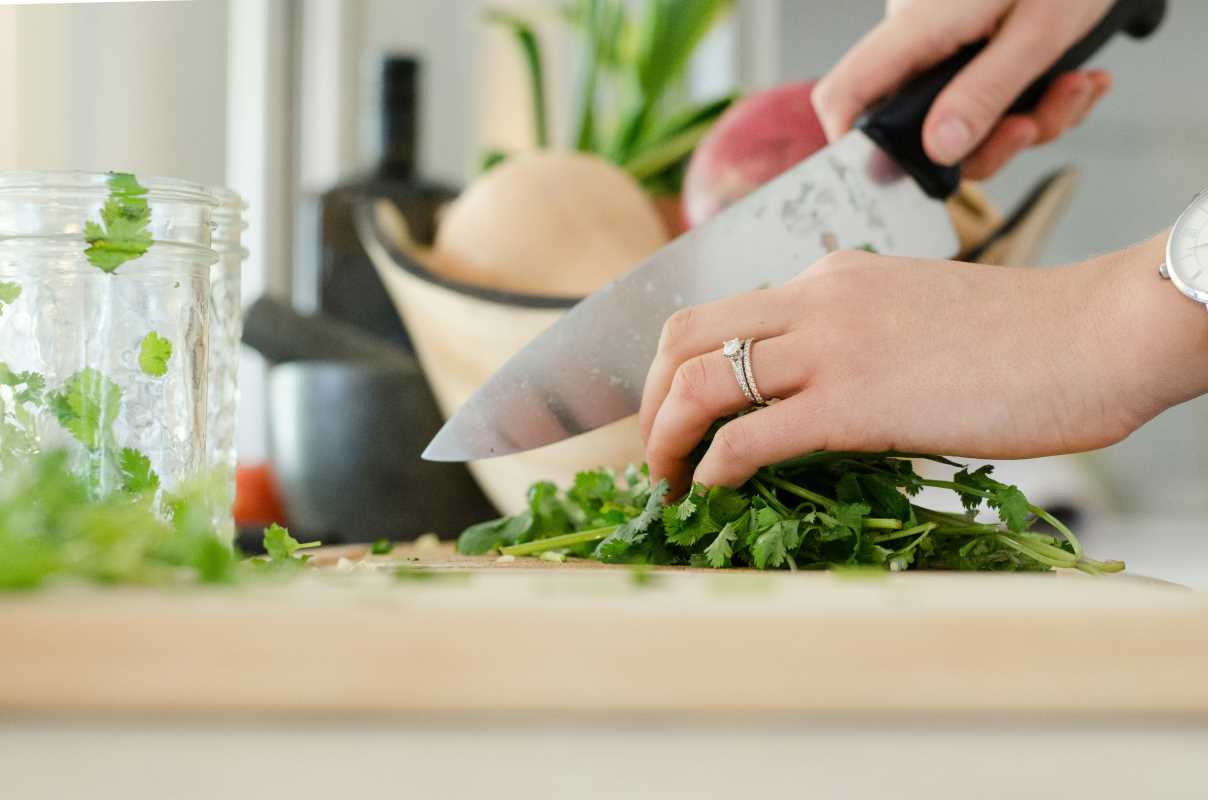Art has always been a mirror reflecting society's values, struggles, and aspirations. Today, as the world grapples with the climate crisis and rising concerns about waste, many artists are looking toward ancient philosophies to inspire new approaches to sustainability. One such philosophy is Kintsugi, the centuries-old Japanese art of repairing broken pottery with gold. Rather than hiding imperfections, Kintsugi celebrates them as part of the object's history, turning flaws into features. This beautiful tradition is not only promoting the idea of valuing imperfection but is encouraging artists worldwide to rethink their relationship with materials, waste, and the environment.
The Philosophy Behind Kintsugi
Kintsugi originates from the Japanese terms “kin” (gold) and “tsugi” (join), roughly translating to “golden joinery.” The practice dates back to the 15th century and is deeply connected to the philosophy of wabi-sabi, which finds beauty in imperfection, impermanence, and the natural cycle of life. When an object—typically pottery—breaks, Kintsugi practitioners repair it by filling the cracks with a mixture of powdered gold or other precious metals, turning the damage into a highlight rather than a flaw. The repaired piece becomes more unique, valuable, and meaningful than it was before.
At its core, Kintsugi offers a powerful metaphor for resilience and renewal. It challenges our obsession with perfection and encourages us to cherish repair, reuse, and imperfection as integral to an object's—and life’s—story. For artists interested in sustainability, this philosophy aligns seamlessly with a growing need to rethink the way we consume and create.
Kintsugi in Contemporary Art and Sustainability
The principles of Kintsugi have begun spilling over into the broader world of art and sustainability, inspiring artists to adopt its lessons in their work. The practice directly challenges a throwaway culture driven by overproduction and planned obsolescence, urging creators to mend, rethink, and reincorporate discarded materials into something new and valuable. Here’s how Kintsugi is influencing modern art to redefine sustainability:
1. Upcycling and Resourcefulness in Art
Artists across the globe are incorporating broken, discarded, and imperfect materials into their work as part of a sustainable ethos inspired by Kintsugi.
One example is artist Charlotte Bailey, who creates jewelry using broken ceramics. Drawing inspiration from Kintsugi, she repairs shattered porcelain pieces and transforms them into pendants and earrings accented with gold or silver. Her approach turns “useless” broken items into wearable works of art that celebrate resilience, resourcefulness, and sustainability.
Similarly, Paul Scott, a British artist known for his “ceramic interventions,” takes damaged antique plates and reinvents them by inserting gilded repairs, modern motifs, or provocative imagery. By using objects that others consider broken or worthless, he challenges our notions of value in both functional objects and art.
These examples reflect the Kintsugi-inspired mindset—not seeing waste as the end, but rather as a beginning.
2. Art Installations Promoting Repair Culture
Repair culture is a growing movement in response to global wastefulness, and Kintsugi has become one of its most symbolic advocates. Artists are using the repair process to make statements not just about sustainability, but also the interconnectedness of creativity and conservation.
For example, Brazilian artist André Felix reinterprets Kintsugi in public art projects using broken tiles and ceramics found in urban spaces. By repairing public walkways with gold-colored resin, he highlights that restoration can breathe new beauty into damaged surfaces instead of discarding them. His work also serves as a direct critique of wasteful urban renewal practices, promoting the idea of cherishing existing materials.
3. Valuing Imperfection in Art Practices
The principles of wabi-sabi and Kintsugi resonate with artists seeking to reject traditional standards of flawlessness in favor of celebrating the natural beauty of imperfection. This shift not only reduces waste by salvaging materials seen as “damaged” but also reshapes art’s cultural role.
Take sculptor Yee I-Lann from Malaysia, whose work captures the spirit of Kintsugi by combining fragments from discarded objects and traditional crafts into striking contemporary pieces. Her practice emphasizes storytelling and community, extending Kintsugi’s wisdom beyond objects to human relationships and shared history.
For these artists, repair is not just functional; it is symbolic of resilience, continuity, and honoring the past. By infusing imperfection with meaning, they send a message about the beauty of rethinking what we use, throw away, and treasure.
Lessons for Sustainable Art Practices
The rise of Kintsugi-inspired art reveals some profound lessons for how we can approach sustainability in creative fields and beyond:
- Rethink waste as potential: By repairing or reimagining discarded materials, artists are offering an alternative to our culture of excess. Their work reminds us that waste holds creative potential.
- Value history and durability: Kintsugi challenges the tendency to favor newness at the expense of longevity and encourages creators to prioritize durability over disposability.
- Encourage dialogue around imperfection: When we stop aiming for perfection, we foster greater appreciation for authenticity and resourcefulness, both in art and daily life.
These lessons have far-reaching implications—not just for how art is produced but for how consumers engage with it.
Kintsugi Beyond Art
The influence of Kintsugi isn’t limited to sculptures, pottery, or installations; it's a philosophy that transcends art and offers a blueprint for broader sustainable living. From mending clothes to fixing technology, “Kintsugi thinking” is being adopted across industries as a symbol of repair culture and circular economy principles. Its impact is particularly resonant with movements like slow fashion and zero waste, where every repair can be viewed as an act of artistry and care.
Kintsugi teaches us to rethink how we define "broken" and to see beauty in things others might discard. By celebrating imperfection, durability, and reinvention, this ancient art form is guiding a new wave of artists who are committed to sustainability. Their work reminds us of the deep connections between creativity, resourcefulness, and environmental responsibility. Whether in gold-veined pottery or art installations that mend urban streets, Kintsugi offers a vision of a world where repair holds as much significance as creation—where what’s broken isn’t the end, but a beginning.







